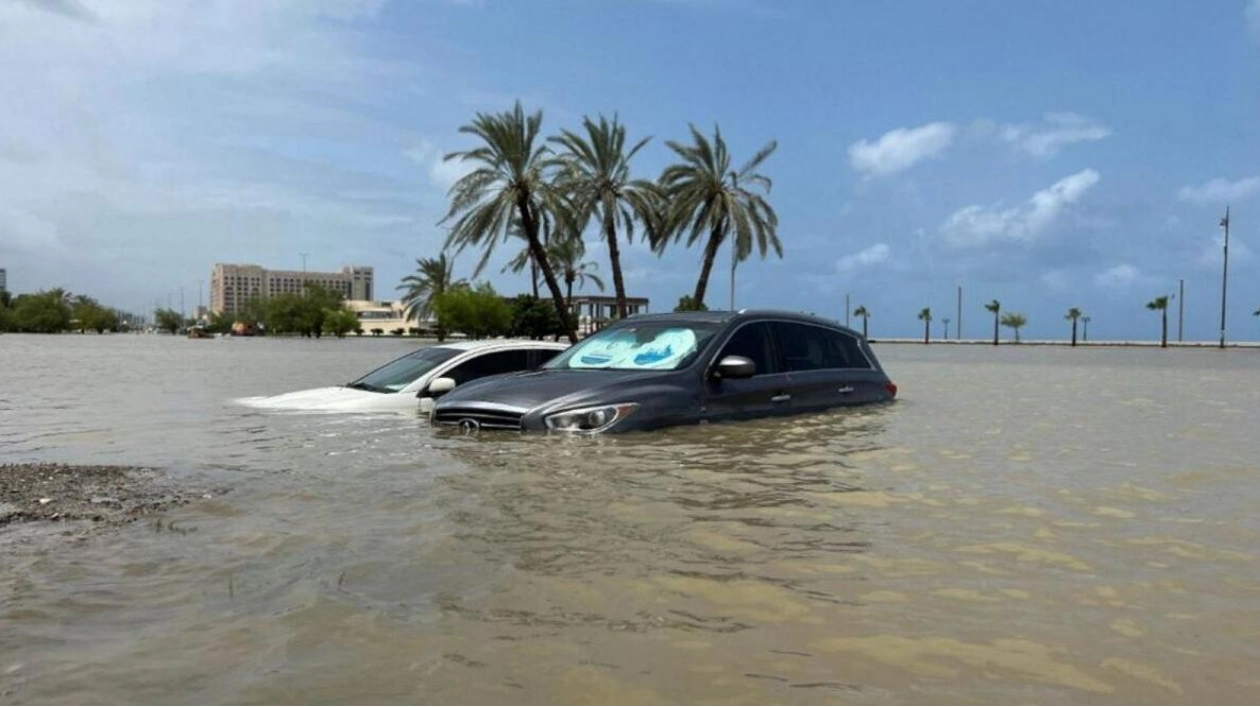Insurance premiums for electric vehicles (EVs) in the UAE have risen more rapidly than those for petrol cars following the heavy April rains, which were the country's heaviest in 75 years. Data indicates that EV insurance rates climbed twice as fast as those for fuel-driven cars post-rain, primarily due to the high costs associated with repairs and concerns over total losses.
Since the floods that occurred on April 16 in Dubai, there has been a significant rise in insurance premiums for vehicles. According to data from Insurancemarket.ae, the average insurance rates for EVs were previously between 2% and 2.5% of the vehicle's value. However, from May to July 2024, these rates have escalated to roughly 3.5% to 4%, varying by the make and model of the EV.
Avinash Babur, CEO of Insurancemarket.ae, explained that this surge in premiums is a response to the increased risk perceived by insurers due to flood damage, especially the susceptibility of EV batteries to water, which can result in expensive repairs or total losses. The average premium for EVs increased from Dh3,906 in May to Dh4,729 in July, marking a 21% rise, compared to a 12.6% increase for petrol cars, from Dh2,100 to Dh2,365 over the same period.
Some insurers are now hesitant to cover EVs, particularly after the April 16 floods, due to the high costs, complexity of repairs, and the increased risk of total loss. Avinash Babur noted that several factors contribute to this reluctance, including the higher repair costs for EVs due to their sophisticated electronics and battery systems. Flood damage to an EV's battery can often lead to a total loss, as battery replacement is frequently prohibitively expensive. Additionally, EVs require specialized skills and equipment for repairs, which can limit the number of capable workshops and lead to longer repair times and higher costs.
Gautam Datta, CEO of Watania International Holding, highlighted that some insurers are cautious about insuring EVs, similar to how they react to new market entries. They are uncertain about the implications of potential losses and find it challenging to price the risk. Datta explained that while EVs were initially considered a separate risk pool, they are now being integrated into the broader motor pool, which should help in distributing the loss impact more evenly and lead to more rational pricing.
Babur further explained that smaller insurers with limited portfolios might be particularly reluctant to insure EVs, as covering a few such vehicles could disproportionately affect their portfolio profile. The high cost of EV batteries, which can account for nearly half of the vehicle's price, is a significant concern for insurers due to the high replacement costs and limited repair options. This, combined with the risk of total loss and the challenges in repair and replacement, makes EV insurance a more complex and expensive proposition for insurers.






